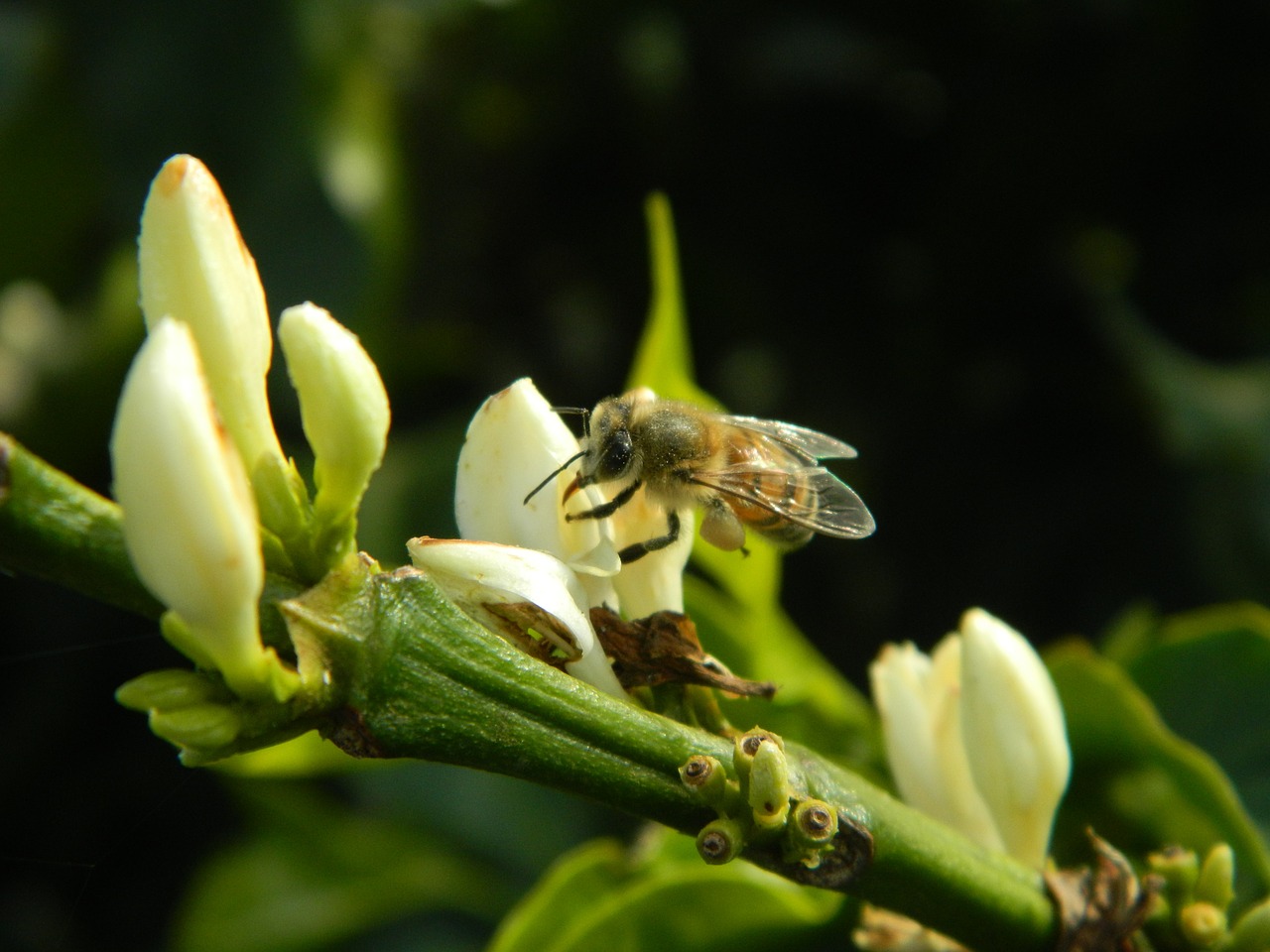Global warming could reduce coffee growing areas in Latin America by as much as 88 percent by 2050, with the largest declines projected in Nicaragua, Honduras and Venezuela, according to a study published this week.
Numerous other studies within the past five years have shared similarly dire predictions, pointing to climate change as the cause of a potentially dramatic reduction of the available land for coffee production, with even more dramatic affects on the more climate-sensitive arabica variety itself.
New findings published in the Proceedings of the National Academy of Sciences focus not only on climate modeling for coffee, but on the crop’s dependance on bees and bee habitats, noting the importance of healthy bee populations as pollinators that help maximize fruit yield and coffee plant health.
“Coffee is one of the most valuable commodities on earth, and needs a suitable climate and pollinating bees to produce well,” said study co-author Taylor Ricketts, director of the University of Vermont’s Gund Institute for Environment. “This is the first study to show how both will likely change under global warming — in ways that will hit coffee producers hard.”
While the study outlines a general pattern of coffee habitat suitability and declining bee populations, it also notes areas where current climate modeling suggests there may be increased suitable habitat in parts of Mexico, Guatemala, Colombia and Costa Rica, mainly in mountainous areas. Additionally, it notes areas where bee populations are predicted to increase, which could in turn increase coffee productivity while mitigating the negative effects of climate change.
“If there are bees in the coffee plots, they are very efficient and very good at pollinating, so productivity increases and also berry weight,” said lead author Pablo Imbach of the International Center for Tropical Agriculture (CIAT). “In the areas projected to lose coffee suitability, we wanted to know whether that loss could be offset by bees.”
According to the study, as well as to common sense, tropical forests provide key habitats for wild bees and other important pollinators. This makes areas near tropical forests more suitable for coffee-growing, while underscoring the importance of tropical forest preservation and growth. Other studies have confirmed the importance bees and other tropical pollinators have in coffee plant health and yield.
“We hope the models we have created to make these projections can help to target appropriate management practices such as forest conservation, shade adjustment and crop rotation,” said study co-author Lee Hannah, a senior scientist at Conservation International.
The study’s authors briefly offer the following practices for coffee farmers:
- Increase bee habitats near coffee farms where bee diversity is expected to decrease.
- Prioritize farming practices that reduce climate impacts on coffee production where bees are thriving, but where coffee suitability will decline.
- Protect forests and maintain shade trees, windbreaks, live fences, weed strips, and native plants that provide food, nesting and other materials to support pollinators.
Nick Brown
Nick Brown is the editor of Daily Coffee News by Roast Magazine.
Comment
1 Comment
Comments are closed.







Yes, bees are important as pollinators for almost every crop, including coffee. BUT.. bees are very hardy creatures, and are employed for their “services” all over the world. Much can be done to manage their colonies to minimise die-off, a phenomenon that is largely unexplained. I know beekeepers who own/mange a few thousand hives, and they almost never lose a hive. They have studied the creatires to understand what makes them prosper, so they do as well.
As to “climate change”, that old horse needs put out to pasture. SUre, there have always been slow and gradual changes…. but within fairly narrow limits. Man’s activities are so vanishingly small as to not even be a factor. Wasit man’s action brought about the”midaeval warmimg period” earl in the second milennium? Or was it man caused the much colder temperatures across North America in the mid-late 19th century, a few hundred years later? Or were those observable periods the result of non-human factors? If so, what?
I well remember the data and false conclusions drawn therefrom in the late 1960’s: twenty years hence will see the beginning of a new period of glaciers, sea levels dropping twenty feet worldwide from the ice forming, millions starving due to reduced food production, “life as we know it” gone…… within seven years, however, the “new thing” was “warming”, sea levels to rise so as to put some forty percent of the US population underwater, polar ice caps melting, millions dying off from starvation, the effects of extreme heat…….
But worldwide surface temperatures have not changed on average even one degree C in the past 80 years or so…… I’ve lived in the same town in the Pacific Northwest for 35 years now, and while one season is never quite the same as the others, I’ve certianly not seen any signficant changes that lasted. Oh, a few years in a row were warmer and drier, then two record rainfall years in a row and thousand year flooding…. ice storms where they almost never happened before, record breaking snowfall at low elevation, record draught over the summer…… toss it all into the pot, stir a bit, and its all normal again.
I’ll bet if you go to some of the areas in question and talk to the old timers, the ones been on the same farm for fifty, eighty years, they might have some meaningful observations. In any case, anyone thinking man’s activities can be modified to make a difference is delusional.